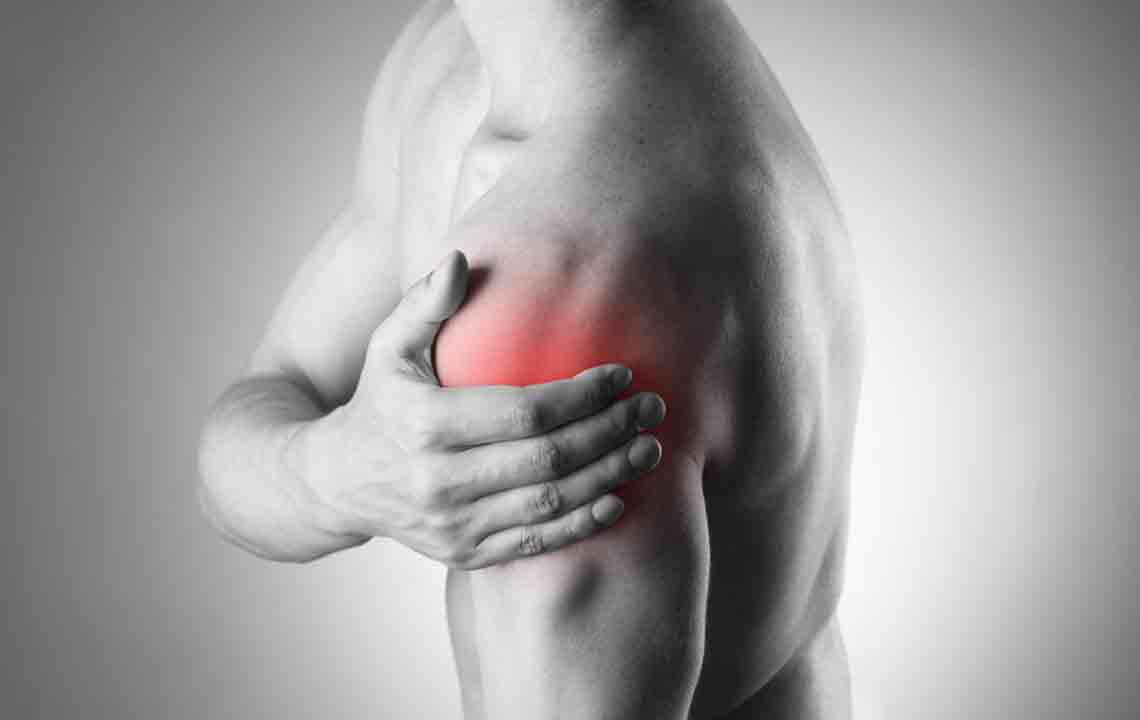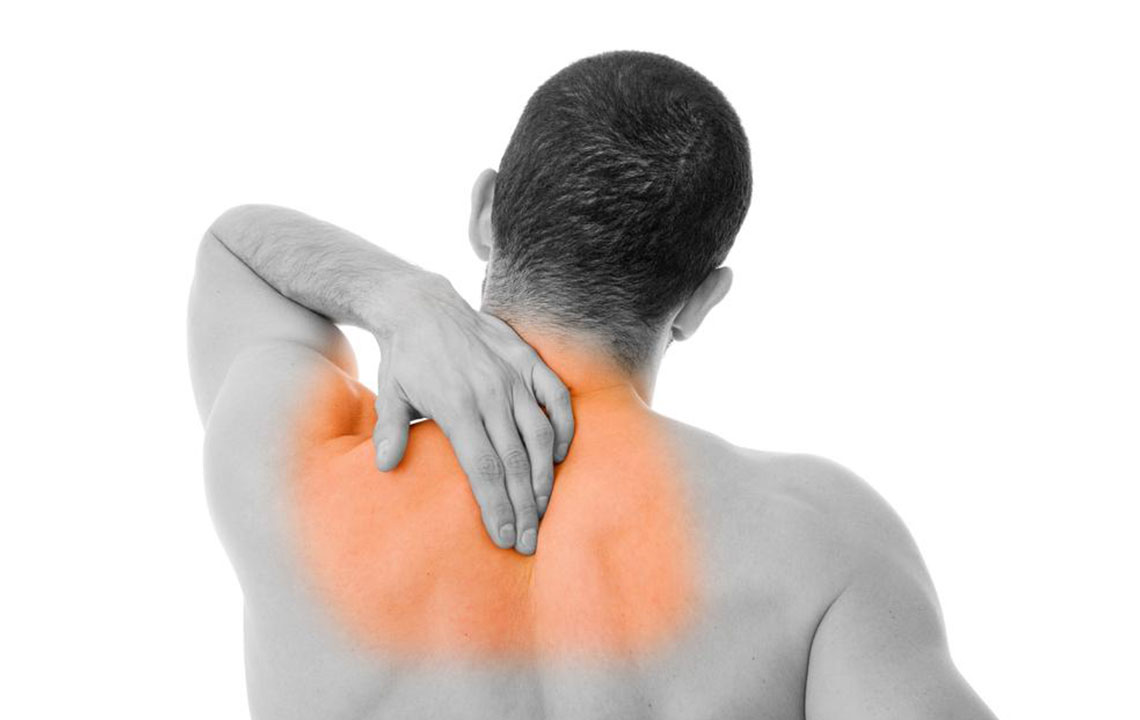Comprehensive Guide to Managing Shoulder Muscle Discomfort
This article offers an in-depth overview of shoulder muscle pain, exploring common causes, symptoms, and treatment options. It emphasizes the importance of medical consultation for proper diagnosis and management, covering issues like rotator cuff injuries, bicep tendinitis, arthritis, and joint instability. The guide aids individuals in recognizing symptoms early and seeking effective care to restore shoulder health and mobility.

Understanding and Addressing Shoulder Muscle Discomfort
The shoulder joint is one of the most adaptable joints in the human body, made up of three bones: the humerus (upper arm bone), scapula (shoulder blade), and clavicle (collarbone). The rounded top of the humerus fits into a shallow socket in the scapula, stabilized by ligaments. Rotator cuff muscles enable shoulder rotation and lifting. Injuries to these structures can lead to soreness or pain in the shoulder muscles.
Common Causes of Shoulder Muscle Discomfort
To pinpoint the cause of shoulder pain, it’s essential to understand which parts are affected.
Rotator Cuff Issues (Outer Shoulder)
The four rotator cuff muscles facilitate shoulder movement but are not engaged during heavy lifting. Injuries like tendinitis, bursitis, or tearing—when tendons detach from bones—are common causes of pain here. These problems tend to worsen at night and cause discomfort during activities such as reaching or throwing. Patients often experience difficulty sleeping and shoulder stiffness.
Symptoms of rotator cuff injuries include nighttime pain, stiffness, and reduced shoulder mobility. Such injuries can impair daily activities and might necessitate medical intervention.
Bicep Tendonitis (Front Shoulder)
This condition manifests as gradual pain in the front of the shoulder, radiating along the biceps muscle, especially aggravated by repetitive lifting, overhead movements, or carrying heavy objects. Symptoms often intensify at night.
AC Joint Arthritis (Top of Shoulder)
Although less common than other forms, severe arthritis in the acromioclavicular joint can cause bone spurs and roughened cartilage, limiting movement. A grinding sensation during overhead motions or across the chest may be experienced, and advanced cases might require surgical joint replacement.
Shoulder Instability (Across the Shoulder)
Loose shoulder joints due to injury or overuse lead to instability. Some individuals have naturally lax ligaments, resulting in multidirectional instability. Commonly described symptoms include a "dead arm" sensation and sensations of the shoulder slipping or popping out of place.
Impact of Shoulder Muscle Discomfort
Limited ability to lift or carry objects
Pain during rest or at night
Difficulty moving or raising the arm
Swelling, bruising, or muscle cramps
Neck or jaw pain
Managing Shoulder Muscle Pain
Treatment varies according to the diagnosis, emphasizing the need for medical consultation to determine the root cause. Common approaches include:
Rest
Resting the shoulder helps reduce inflammation. However, prolonged immobility should be avoided to prevent conditions like frozen shoulder.
Ice and Heat Therapy
Icing decreases swelling and alleviates acute pain, while heat therapy relaxes muscles and eases stiffness, especially before activity.
Physical Therapy
Targeted exercises and modalities help strengthen shoulder muscles, improve flexibility, and restore function.
Surgical Options
When conservative treatments fail or injuries worsen, surgery may be necessary. Consult an orthopedic specialist for appropriate intervention.
By understanding the causes and symptoms of shoulder muscle pain, individuals can seek early diagnosis and effective treatment. Consulting a healthcare professional is strongly advised for proper management.










